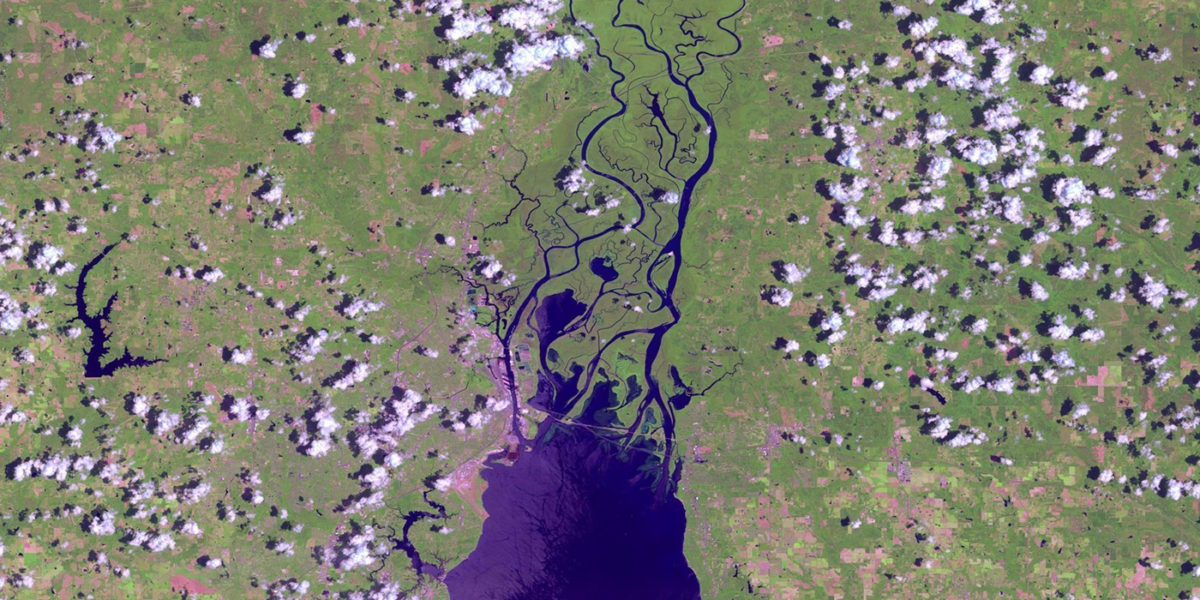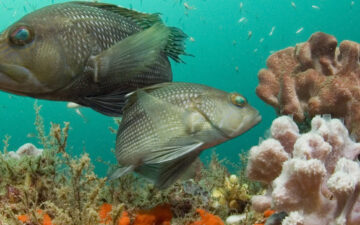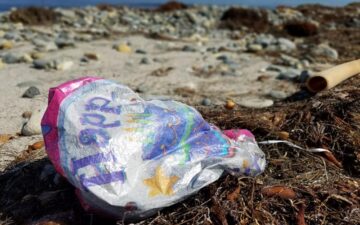We are so pleased by the confirmation of the amazing biodiversity and importance of the Mobile Tensaw Delta. This effort has been led by The Ocean Foundation’s Bill Finch and our partner organizations including the E.O. Wilson Foundation, the Curtis & Edith Munson Foundation, National Parks and Conservation Association, and the Walton Family Foundation.
National Park Service
U.S. Department of the Interior
Natural Resource Stewardship and Science
Release Date: December 16, 2016
Contact: Jeffrey Olson, [email protected] 202-208-6843
WASHINGTON – The greater Mobile-Tensaw River area is at least 200,000 acres of rich natural biodiversity that is culturally complex and of significant socioeconomic value. It is also the subject of a new “state of scientific knowledge” report authored by a group of scientists and scholars interested in the future of the area in southwest Alabama.
Its leading proponent is Pulitzer Prize winner Dr. Edward O. Wilson, a Harvard University scientist and native Alabaman. “The Greater Mobile-Tensaw River Area is a national treasure that has just begun to yield its secrets,” Wilson says. “Is there any other place in America where residents and visitors can live in a modern city and yet travel into an authentically wild area within an hour?”
According to the report editors, tectonic uplift created cliffs lining the eastern shore of Mobile Bay at Montrose, Alabama, as well as the steep bluffs of the Red Hills stretching far to the north that provide unique habitats for dozens of endemic plants and animals.
“More species of oaks, of mussels, of crayfish, of lizards and turtles are found in this region than in any other comparable area of North America,” said Dr. Greg Waselkov of the University of South Alabama, one of the study editors. “And the same may well be true for many families of insects that we are only now beginning to identify to species in this massive natural laboratory.”
And, asked study editor C. Fred Andrus of the University of Alabama, “Who among us knew that the most abundant vertebrates in this region are the inconspicuous, shy salamanders that contribute mightily to water quality and carbon management in wetlands? The Mobile-Tensaw Delta is full of surprises, as much for the scientist as for the casual visitor enjoying fishing, bird watching, or simply canoeing this watery maze.”
The report results from a partnership between the National Park Service’s Biological Resources Division and Southeast Regional Office, the University of South Alabama, and the University of Alabama and the Gulf Coast Cooperative Ecosystems Unit.
The State of Alabama and the National Park Service have a strong history of cooperation via parks, national landmarks, national historic sites, and community assistance programs. Between 1960 and 1994, six National Historic Landmarks were designated in the area, including Fort Morgan, Mobile City Hall and Southern Market, USS Alabama, USS Drum, Government Street Presbyterian Church, and Bottle Creek archaeological site.
In 1974 the Mobile-Tensaw River Bottomlands were designated a National Natural Landmark. While locals have long appreciated the wildness and the hunting and fishing potential of the Mobile-Tensaw Delta bottomlands, this report lays out convincing information that the larger natural, cultural, and economic systems surrounding the delta floodplain are inextricably bound together with the surrounding uplands in the larger landscape ecology of a Greater Mobile-Tensaw River area of several million acres.
“This area of North America is one of the richest in regards to intact biodiversity,” said Elaine F. Leslie, chief of the National Park Service Natural Resource Stewardship and Science Biological Resources Division. “And its cultural history and heritage is of equal treasure.”
There is still so much to learn about the Delta. How do the physical properties of the area’s geology and hydrology underpin diverse and dynamic biotic systems, and how do they together shape the ecological setting for human relations with the Delta’s lands, waters, flora, and fauna?
A combination of personal experience, natural and cultural history, and science helps us understand that dynamic ecological and cultural connections bind together the Mobile-Tensaw Delta. This report’s contributors explore how this landscape’s connectivity is organized and point out some consequences if our collective stewardship fails to preserve the Delta we have inherited.
The report is available at https://irma.nps.gov/DataStore/Reference/Profile/2230281.
About Natural Resource Stewardship and Science (NRSS). The NRSS Directorate provides scientific, technical, and administrative support to national parks for the management of natural resources. NRSS develops, utilizes, and distributes the tools of natural and social science to help the National Park Service (NPS) fulfill its core mission: the protection of park resources and values. Learn more at www.nature.nps.gov, www.facebook.com, www.twitter.com/NatureNPS, or www.instagram.com/NatureNPS.
About the National Park Service. More than 20,000 National Park Service employees care for America’s 413 national parks and work with communities across the nation to help preserve local history and create close-to-home recreational opportunities. Visit us at www.nps.gov, on Facebook www.facebook.com/nationalparkservice, Twitter www.twitter.com/natlparkservice, and YouTube www.youtube.com/nationalparkservice.







